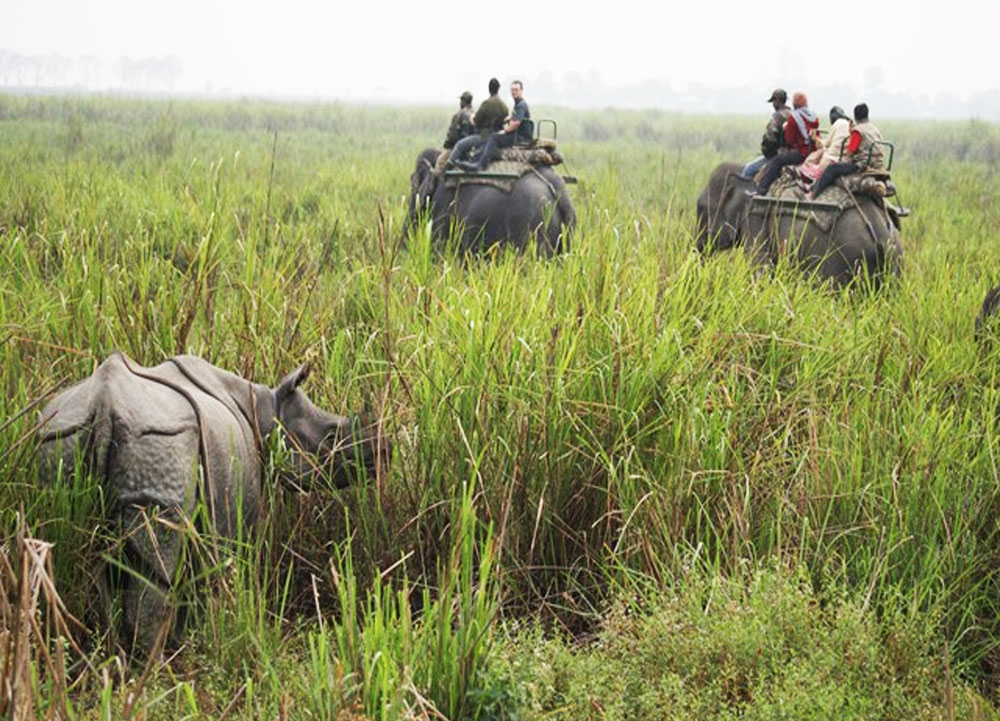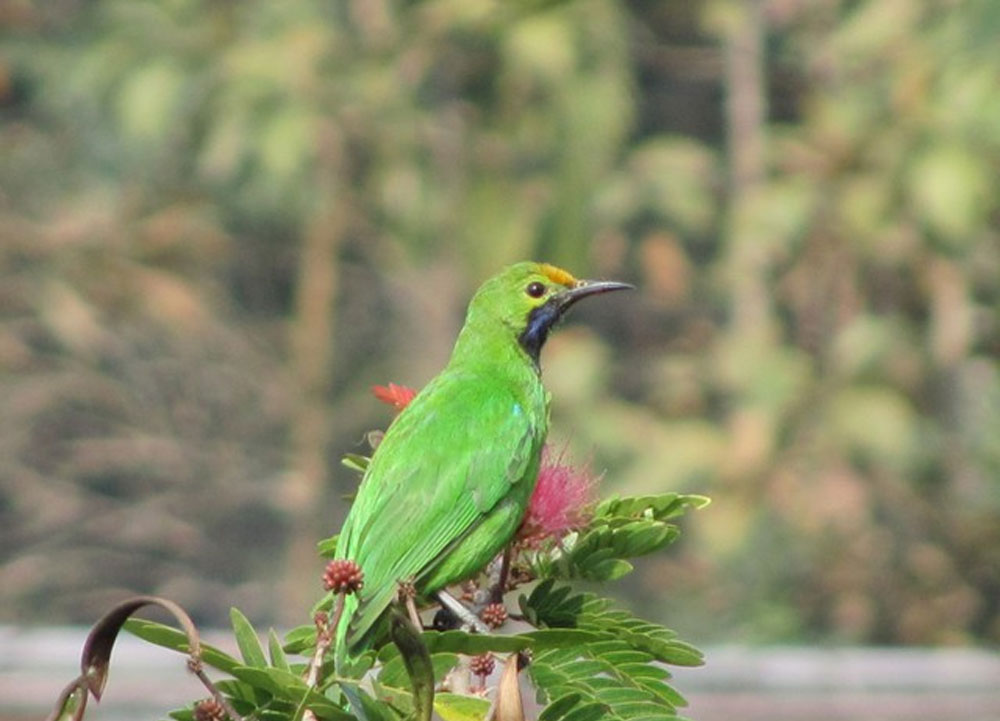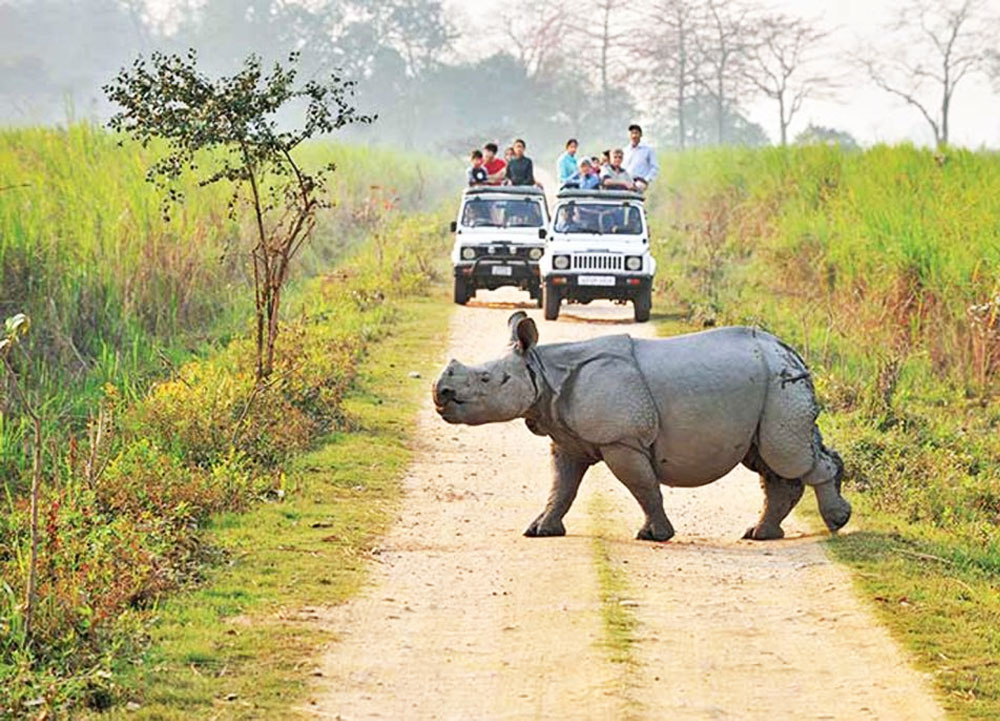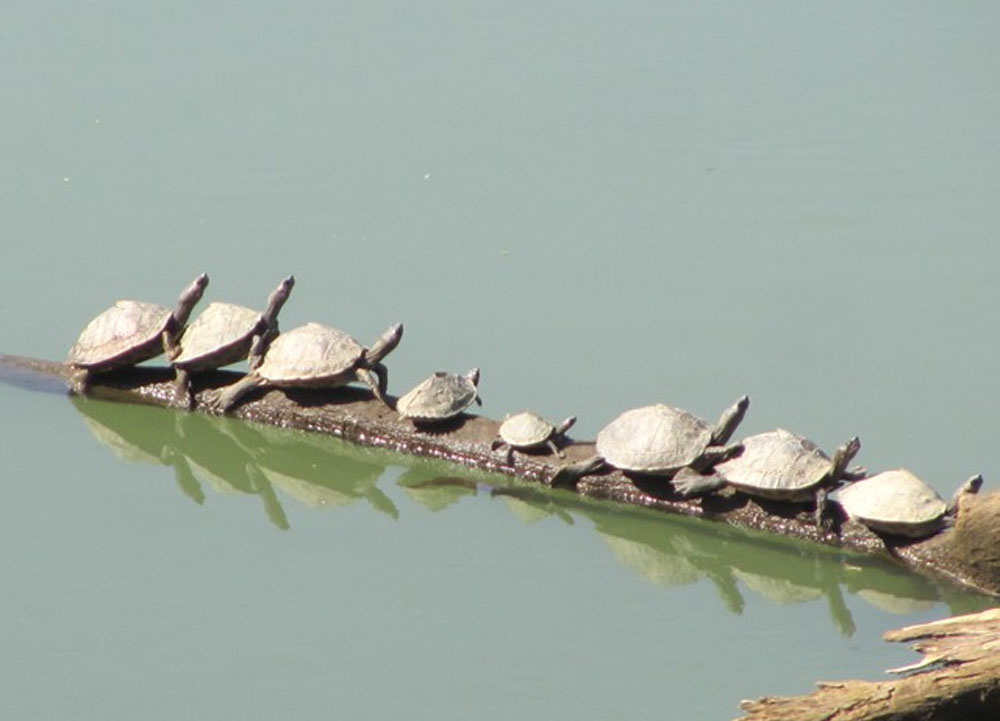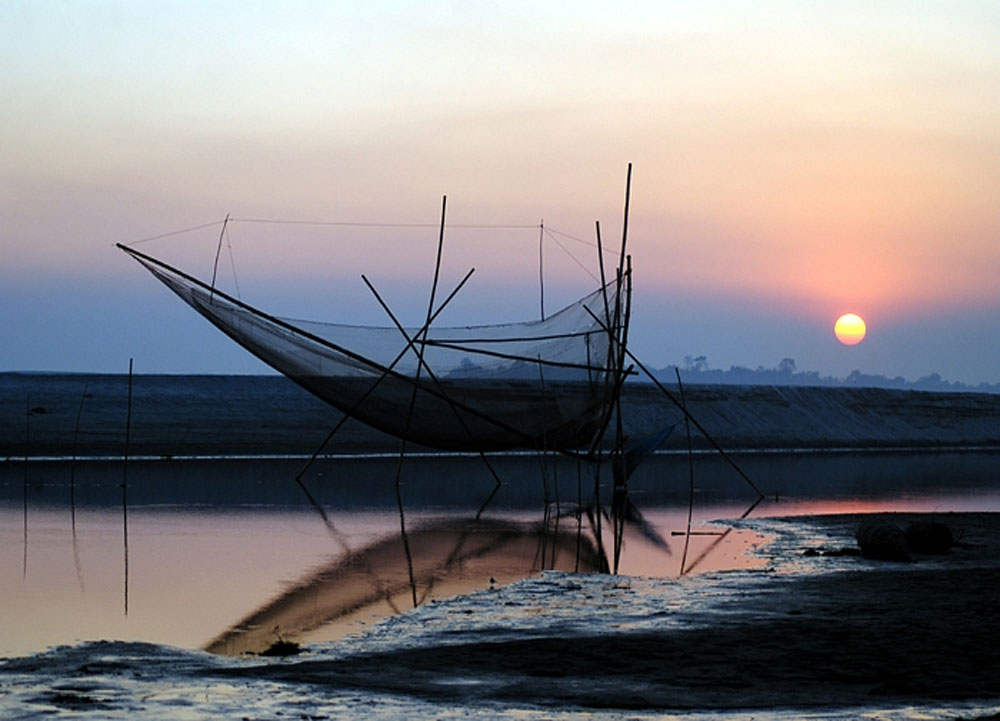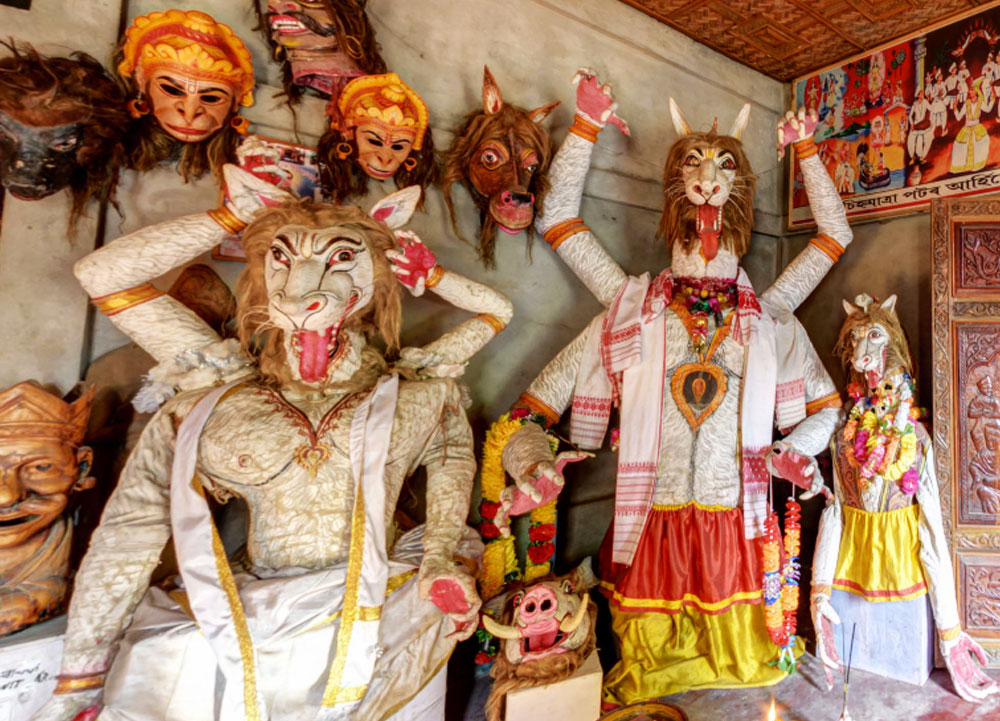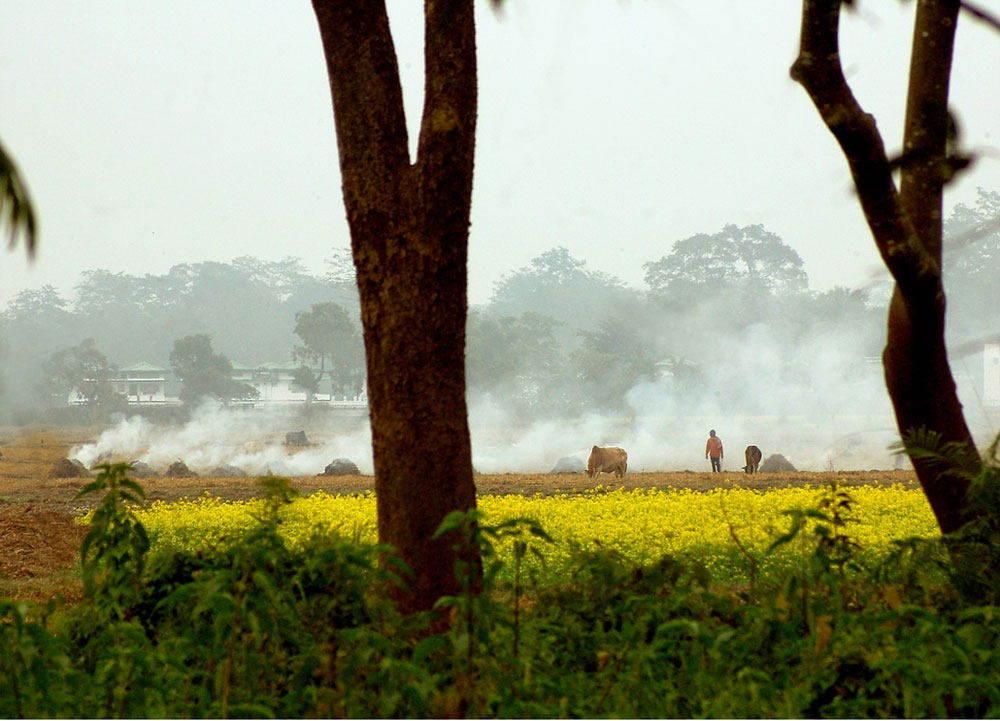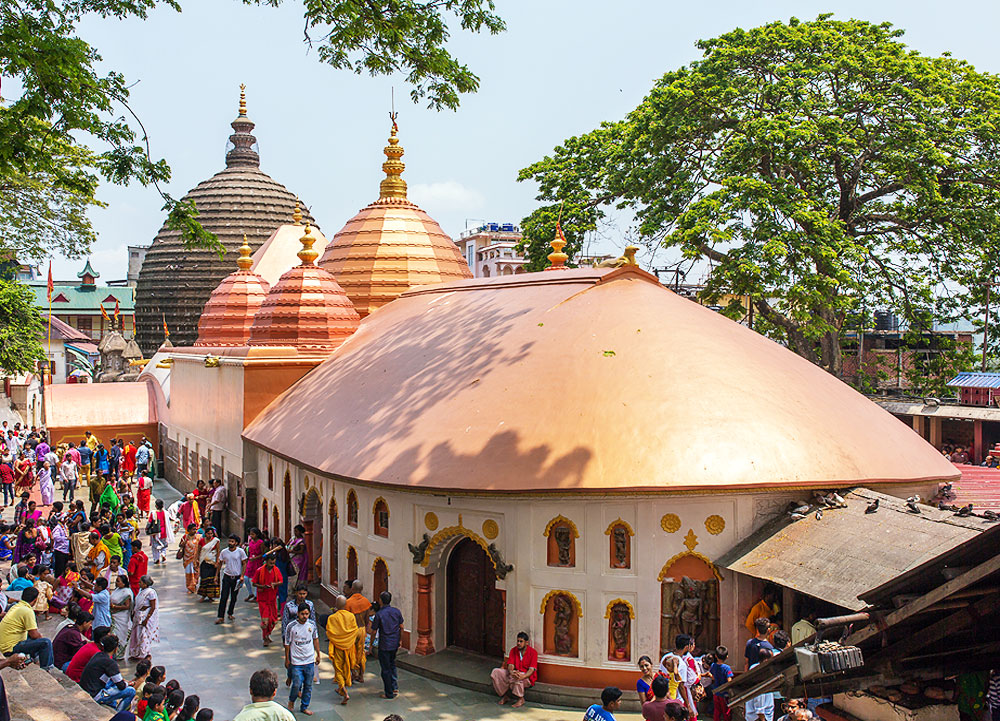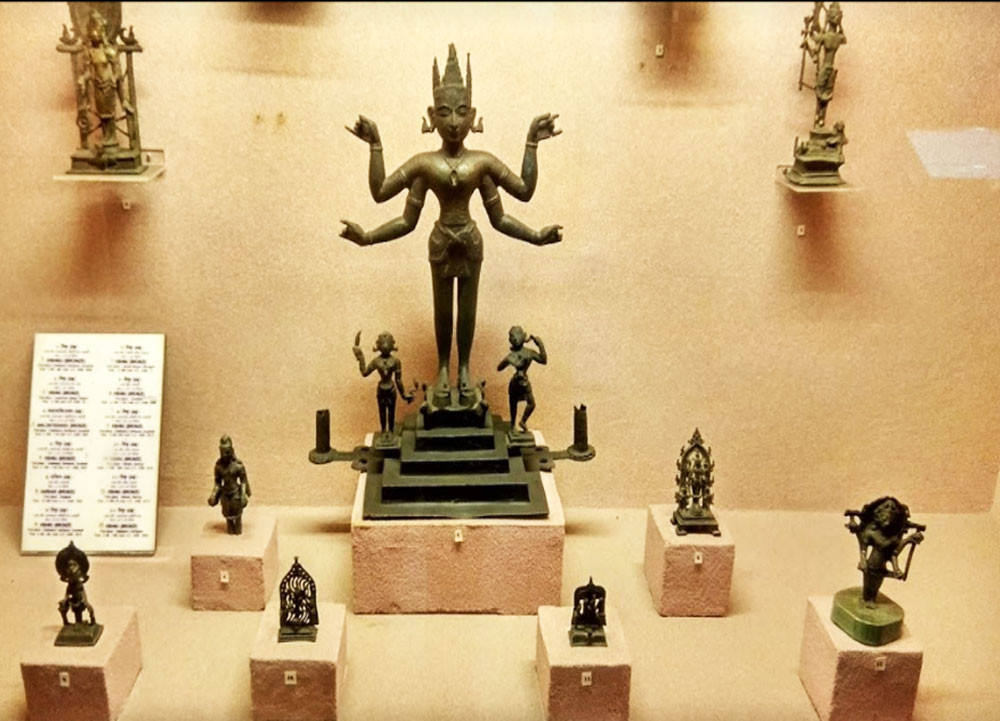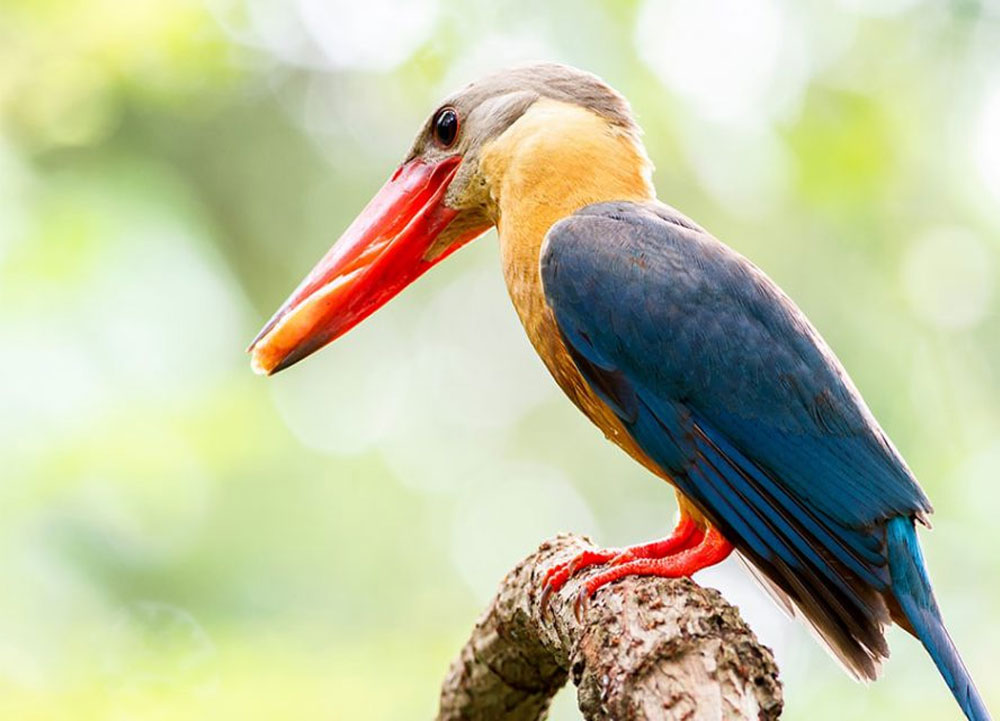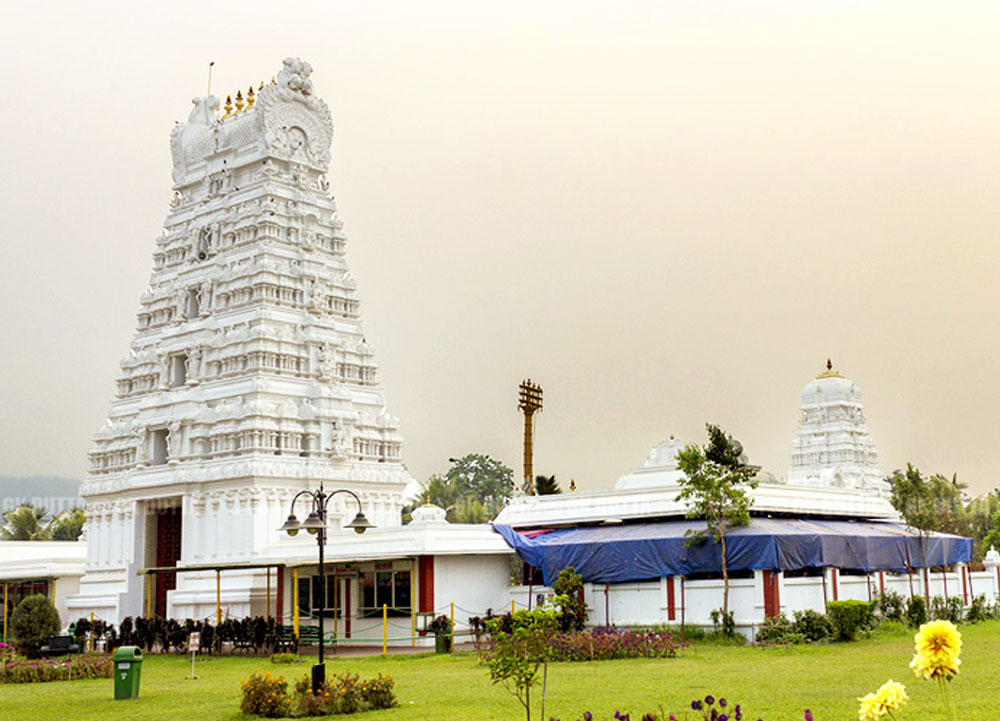Part of the Seven Sister States, Assam is located in northeastern India famed for its wildlife, mighty Brahmaputra River, Assam Silk and Assam tea. Arguably one of the most beautiful and fascinating regions of India, Assam shares borders by Bhutan and Arunachal Pradesh to the north; Nagaland and Manipur to the east; Meghalaya, Tripura, Mizoram and Bangladesh to the south; and West Bengal to the west. Assam has two out of India’s five UNESCO environmental World Heritage sites, the Kaziranga National Park on the bank of the Brahmaputra River, and the Manas Wildlife Sanctuary, near the border with Bhutan.
- Assam Tour Package
- Assam Tour Package Cost
Assam Tour Package
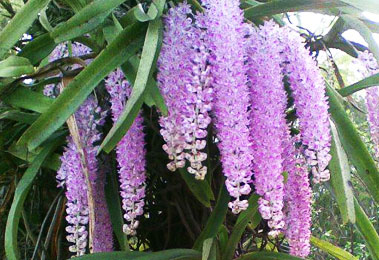
ATTNHE16 - Glorious Assam
- Arrive into Lokpriya Gopinath Bordoloi Airport, also known as Guwahati Airport (GAU).
- Collect your baggage from the designated carousel.
- At the arrival hall, you will be met by our associate chauffeur and transfer to Kaziranga National Park.
- Kaziranga National Park sprawls along the floodplains on both sides of the Brahmaputra River. A UNESCO Natural World Heritage Site, Kaziranga is home to two-thirds of the world’s population of endangered one-horned rhinoceros, a tiger reserve with the highest density of tigers in the world and a paradise of bird lovers.
- Spread over Golaghat, Nagaon and Sonitpur district of Assam, Kaziranga National Park (KNP) is the largest protected area in the State with an area of 858.98 sq km. The park features four different kinds of vegetation – the tropical moist mixed deciduous forests, tropical semi-evergreen forests of the tall grasses, open jungle, and short grasses.
- Arrive and Check-into Resort between 14:00-15:00hrs, a standard check-in time.
- Get acclimatized in the free time.
- Dinner will be on your own.
- Stay Overnight at Hotel.
- Early morning between 05:30 / 06:30hrs or 06:30 / 07:30hrs, proceed to explore one of the Kaziranga National park’s range on Elephant Safari.
- Mihimukh in Central Range at Kohora | Bagori in Western Range at Bagori | Agaratoli in Eastern Range at Agaratoli | Ghorakati in Burapahar Range at Ghorakhati
- Move through the lowlands of the park, enjoying clear, uninterrupted views of the sprawling landscape. Apart from the world’s endangered One-horned Rhino, other species found in the park are hog deer, swamp deer, wild buffalo, elephants and if you are lucky, the elusive tiger.
- Kaziranga National Park is also a bird watcher’s paradise and home to some 500 species of birds. The Bengal Florican,Crested Serpent Eagle, Greyheaded Fishing Eagle, Bar-headed goose, whistling Teal, Palla’s Fishing Eagle, Storks, Swamp Partridge, Pelicans and Herons are some of the species found here.
- Return to Hotel for breakfast.
- Afternoon proceed for a Jeep Safari Tour (02:00 PM to 04:00 PM). The vast expanse of tall elephant grass, marshland, and dense tropical moist broadleaf forests undoubtedly makes the park look beautiful but it is the presence of Brahmaputra river, which makes the Kaziranga National Park look enigmatic.
- Return and Stay overnight in Resort.
*Kaziranga National Park remain closed from 01 May till 31 Oct every year for the visitors.
- Have breakfast at Resort.
- Check out from Resort.
- Proceed to visit Majuli (135kms / 2 hrs drive up to Nimati ghat + 1 ½ hrs Ferry Ride on mighty Brahmaputra river).
- Majuli is the world’s largest inhabited mid-river deltaic islands located in the upper reaches of the river Brahmaputra. Majuli was created as a result of periodical natural changes in the course of the river Brahmaputra caused by frequent major earthquakes at different times as well as high floods.
- Majuli is the nerve-center of the Neo-Vaishnavite religion, art and culture.
- The prime attractions of the island are the Sattras, the colorful tribal cultures, the sunrise, the sunset, ferry rides, and the migratory and indigenous birds.
- On arrival at Majuli, visit Sattra, a religious and cultural institution, which is concerned with the dissemination of the principles and devotional practices of Neo-Vaishnavism. The prime focus of the Sattra is to enlighten individuals through spiritual and religious practices. The principles of Neo- Vaishnavism are disseminated to the common man through devotional music, songs, and dance forms. There are 31 Sattras in Majuli recognized by the Majuli Cultural Landscape Region Act, 2006.
- Later visit Pottery village, Salmora and Mask making village in Chamaguri Satra.
- Visiting Chamaguri Satra is worth not only to witness the survival of a centuries-old art but also to try your hands in learning the tricks of the art of mask making. Masks are usually made of God’s and Goddesses or of the mythological figures. The masks are made using clay, bamboo, and wood. The masks are used in the raas-leela of Raa Mahotsav and in Assamese Bhaona (traditional religious theatre)
- The potters in Salmora area do not use pottery wheel but are hand-made pottery—they use their fingers and palms to shape the clay into different earthen pots and idols. Close to 300 families of artisans are engaged in this historical art and they earn their livelihood by making the pottery.
- Later Cruise down to Nimatighat and drive to Jorhat (13kms / 30min).
- Arrive into Jorhat, Check in to Hotel.
- Stay overnight at Hotel.
- Have breakfast at Hotel.
- Check out Hotel.
- Drive to Jorhat – the last capital of the Ahom Kingdom and home to many historical monuments of Assamese culture. Jorhat is considered “The Cultural Capital of Assam”.
- Arrive into Pre-booked hotel. Check-in.
- Evening visit to Srimanta Sankaradev Kalakshetra commonly known as Kalakshetra.
- The Srimanta Sankaradeva Kalakshetra Cultural Complex is set up to serve as a centre of activities in the field of dance, drama, music, fine-arts, literature, etc. with a view to preserving and promoting the cultural heritage of the people of Assam in respect of all its beauty and splendor.
- Named after the great unifier of Assam and one of the greatest integrator of the Indian society of the Fifteenth century, Srimanta Sankaradeva, the Kalakshetra Society attempts to capture and convey the essence of the great seer’s spirit, who preached the message of unity in diversity and the universal brotherhood of man.
- Return to Hotel and stay overnight.
- Have Breakfast at Hotel.
- Proceed for a Guwahati City Tour
- Visit Kamakhya Temple,
- The Kamakhya Temple is a Hindu temple dedicated to the mother goddess Kamakhya, one of the oldest of the 51 Shakti Pitha’s, Situated on the Nilachal Hill at 562ft high in the western part of Guwahati city in Assam. The temple encompasses ten Mahavidyas and carries high importance.
- The Kamakhya Temple is where Sati’s womb and vagina fell. Kamakhya Devi is well known as the bleeding Goddess as it is said that there is actually not an idol representing Kamakhya here, only a Yoni or the vagina of the Goddess that is worshipped.
- During the occasion of Navratri (September-October), a three-day festival attracts thousands of pilgrims. This festival is known as Ambuvaci (Assamese word, ‘ambubachi), which is unique with its own significance. For the duration of this fertility festival, the Goddess is said to undergo her menstrual period. At this point in time, the temple is closed for three days and before closing, white sheets are draped inside the temple. When the temple is opened after three days, the sheets are found red in color. On the fourth day, great festivity is observed. The red sheets are torn into pieces and distributed amongst the devotees.
- Purva Tirupati Shri Balaji temple – The temple was built by Sri Jayendra Saraswati, Sankaracharya of Kanchi Kamakoti Peetam, Tamil Nadu in 1994.,
- Navagraha Temple,
- Assam State Museum (The Museum is open to the public from 10 A.M to 5 P.M on all days except Monday, Govt. holidays, 2nd and 4th Saturday of a month.),
- State Zoo cum Botanical Garden (Natural vista with landscaped gardens, large enclosures and perennial water bodies.),
- Regional Science Centre and
- Sukreswar Temple (The 6th Jyotirlinga of Shiva).
- Visit Kamakhya Temple,
- Return to Hotel.
- The Rest of the day is for own activities else opt for a Golden sunset cruise. *(at an additional cost / Direct Payment only).
- Return and Stay overnight stay at Hotel.
- Have breakfast at Hotel.
- Check out from Hotel.
- Meet our Chauffeur and drive to Lokpriya Gopinath Bordoloi Airport (GAU) for your homebound flight.
Assam Tour Package Cost
Package Cost: Starts from INR. 30,000 Per Adult*
What’s Included:
- Airport transfers on Private basis.
- 5Nights Accommodation on Double / Twin Sharing basis with Breakfast.
- 2 Nights in Kaziranga National Park.
- 1 Night in Jorhat.
- 2 Nights in Guwahati
- English Speaking Chauffeur.
- Transportation
- We provide Dzire Car for 02-03 Pax, Innova / Scorpio / Xylo for 04-06 Pax and a Tempo Traveller for 08-10 Pax.
- Maximum Kilometer allowance / blockage will be 1050Kms for above mentioned itinerary only.
- Sightseeing as per the itinerary.
- Elephant safari is at the sole discretion of the Park Authority and is subject to weather conditions and availability.
- Since Central range of Kaziranga National Park is no-horn zone and If you get a chance to go for Elephant Safari at Central (Kohora) range you will have to pay Rs.800 per forest vehicle directly for pick up and drop from hotel.
- Applicable Hotel taxes as on date.
Package Cost does not include:
- Air Ticket to Guwahati (GAU)
- GST.
- Travel Insurance.
- Lunch and Dinner / other meals not mentioned.
- Personal purchases and drinks except those included in the Breakfast.
- Early Check in / Late Check out beyond the Standard Policies of Each Hotel / Resort
- VIP Darshan in Kamakhya Temple Entrance Fees & Guide charges .
- Any service not mentioned in the inclusions.
- Usage of Transportation beyond the schedules / Sightseeing provided.
- Tip for Tour Guide, Driver or Chauffeur.
- Change in the Order of Itinerary / amendments as per Personal Interests / Convenience.
- Incidental Expenses due to Natural Calamities / Weather disruptions / Flight Cancellations / War/ Strike / Fire / Acts of government / Riot, etc.
- Personal expenses such as room service, bar, laundry, porterage, mini bar etc.
Disclaimer: While we endeavor to keep the pricing relevant, the website might not have updated with the current pricing at all times. Please call or use the Request Quote form for an accurate package cost for your requirement.
Frequently Asked Questions
You can contact us at +919840030586 or Email us at info@aadityatours.com
Assam, natural paradise sits in the foothills of the eastern Himalayas, along the Brahmaputra river valley. Summer or winter, Assam will reveal her beauty to all those who seek to explore this land.
- Summer Season (April-June): The temperature doesn’t go beyond 38oC, and when it becomes too hot, Bordoisila (wild wind accompanied by heavy rain and thunderstorms) come to the rescue.
- Monsoon Season (July-September): Assam is best avoided during the monsoon as this place receives some of the heaviest showers in India. The wildlife parks remain closed during the monsoon season and outdoor activities like trekking take a back seat.
- Winter Season (October-March): The state of Assam is best visited from November to May. The weather is perfect, with cool winds blowing from the Himalayan foothills to reduce heat and humidity. Orchids bloom between March and May, and it is a season of immense joy for the local people who are busy celebrating Bihu, the harvest festival. Assam is the world’s second-largest tea producing region and it celebrates the Tea Festival every year in November.
- 3 Nights / 4 Days: The Rhino Land – 2N Kaziranga + 1N Guwahati.
- 5 Nights / 6 Days: Assam Delight – 2N Kaziranga + 1N Jorhat 1N + 2N Dibrugarh ( Tea City of India).
- 7 Nights / 8 Days: Wildlife Tour of Assam – 2N Manas National Park + 2N Nameri National Park + 2N Kaziranga National Park + 1N Guwahati.

